A resource supporting and promoting positive wellbeing within the classroom environment with simple creative exercises and project ideas addressing specific issues around mental health and wellbeing.
Introduction
Many young people struggle with complex emotional issues around identity, social and educational pressures and much more. Whilst young people may be more connected that they have ever been through digital technologies, a recent study of 16-24 year olds has revealed a significant increase in feelings of loneliness. The Covid 19 pandemic has exacerbated this.
In 2017 the All-Party Parliamentary Group report Creative Health highlighted a wealth of evidence supporting arts as an intervention for positive wellbeing. The report found that “after engaging with the arts 82% of people enjoyed greater wellbeing” and that “arts activities help to alleviate anxiety, depression and stress both within and outside of work.” The report highlights that “a small improvement in wellbeing can help to decrease some mental health problems and also help people to flourish.”
Photography can be an effective tool not only for individuals to engage in creative visual expression, but also for groups as a collective and shared experience that builds resilience and increases confidence.
Themes introduced relate to the Personal, Social, Health and Economic Education (PSHE) curriculum, and the 5 Steps to Mental Wellbeing: connecting with the people around you, being physically active, taking notice of your surroundings, learning new things, doing something for others.
Exercises link with proven techniques for improving wellbeing, incorporating mindfulness, skills development and collaborative storytelling and may also be used as aids for creative storytelling, promoting increased understanding and awareness of young people’s experiences.
“When I was young and experiencing mental health difficulties, I found photography to be a powerful medium that allowed me to express the challenges I faced. As an adolescent I made images that represented my experience rather than talking about it because I did not have the emotional intelligence or verbal vocabulary to say how I felt.
Photography helped me to piece together a story about my experiences, much as one would do when engaging in creative writing. I turned to photography to document the world around me, using my practice as a way of addressing personal issues.
Using photography in this way can be akin to a form of narrative psychology, whereby one understands and processes experiences through personal stories of those or others.”
Daniel Regan
Working With Vulnerable Groups: some principles for good practice
- Explain the purpose of the project and expectations clearly.
- Agree ground rules. Co-produce these rules with the young people so that they feel a sense of ownership and can hold each other accountable.
- Embed reflection time from the start. Sharing can address feelings of social isolation and be a great opportunity for building confidence and feeling connected, but should not be essential if someone struggles to share openly.
- Be particular in the language you use. The term ‘mental health’ may not be appropriate for all settings. ‘Wellbeing’ is more inclusive and focuses on positive wellbeing as opposed to mental ill health.
- Maintain clear professional boundaries whilst remaining open and receptive.
- Let young people know about any outputs such as an exhibition in advance so there are no surprises. If their work is being publicly presented, consider how that may impact the work that they’re willing to make and share.
- Ensure robust support, referral and signposting procedures are in place for participants. Be aware of specialist organisations that you can signpost participants to during and after the project finishes, and of referral pathways.
- If you are looking to develop safeguarding policies when working with young people, the NSPCC provide guidelines that can be helpful. If you are working with an organisation, policies should be in place. Make sure you read and understand these documents.
- Be mindful that conversations within workshops may trigger distress or result in a disclosure being made.
I. Mindful Photography
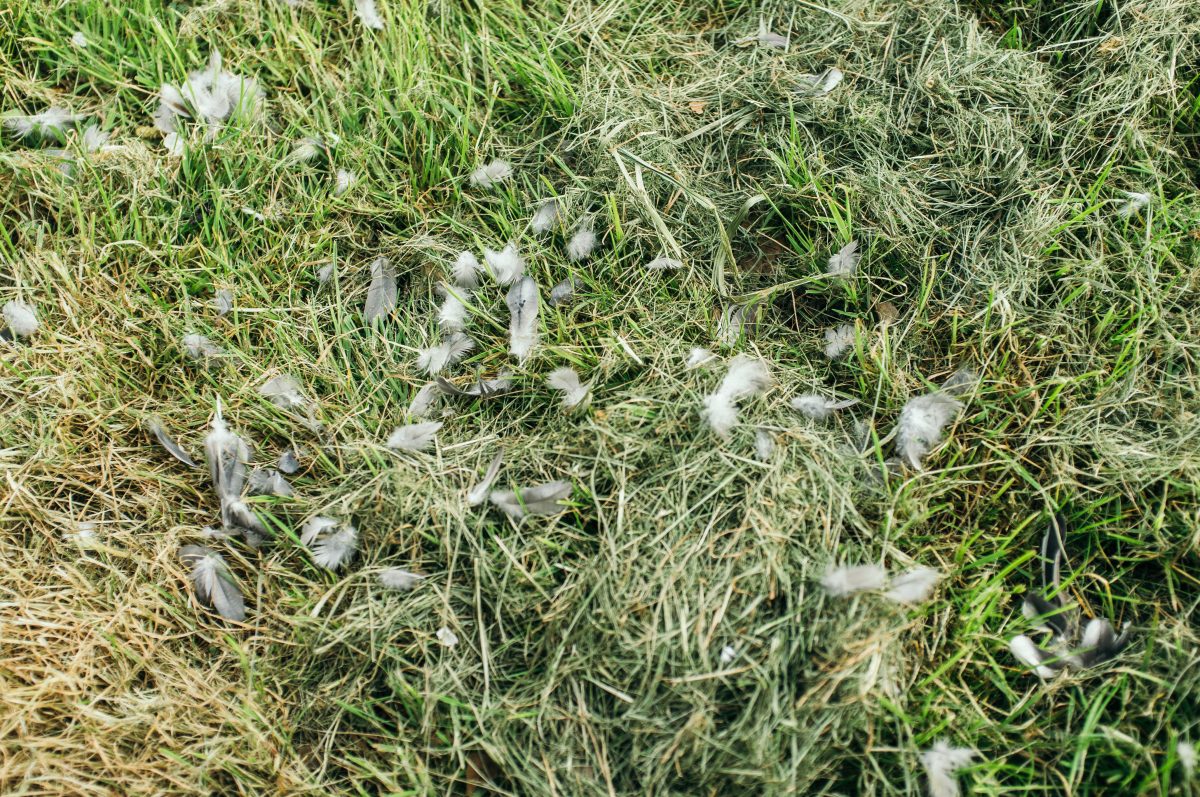
Clinical evidence shows that being ‘in the moment’ or present in our daily life can help us become more aware of our immediate thoughts and feelings instead of being overwhelmed by them all at once. We can apply a mindful approach to photography by engaging in simple, visual exercises that encourage participants to slow down, notice the often unseen, and improve their observation skills.
Discussion
Begin with a brief introduction and ask students what being mindful might mean to them. How does it relate to being observant? In today’s fast paced society we are used to rushing from one place to another, multi-tasking and operating on autopilot.
Explore what it means to be mindful. Together as a group try to stop, take notice and consider different ways of looking. Support the group by offering different perspectives:
How often do you look up, down or around you?
When did you last pause to take in your surroundings?
Make
Set the group a short challenge to improve their observational skills by photographing things they see around them right now. Set the parameters for this challenge:
- Choose something colourful
- Photograph an object, or view that leaves you with a feeling
- Choose an unusual perspective
- Photograph an object that tells a story
What did this challenge bring up for students? Did they notice things that they normally wouldn’t? Did image choices relate to their current mood in any way?
Ask the group how this kind of simple activity might be incorporated into daily life. What effect might this have?
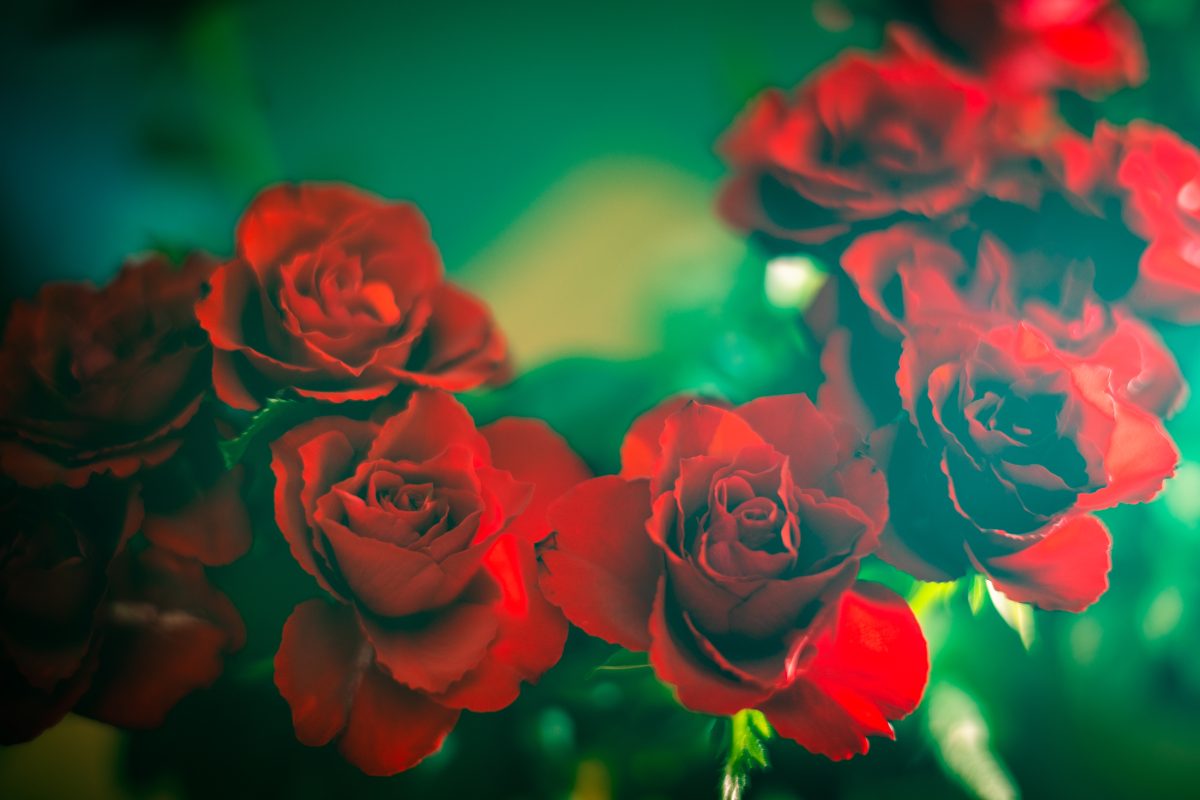
II. Photography through the Senses
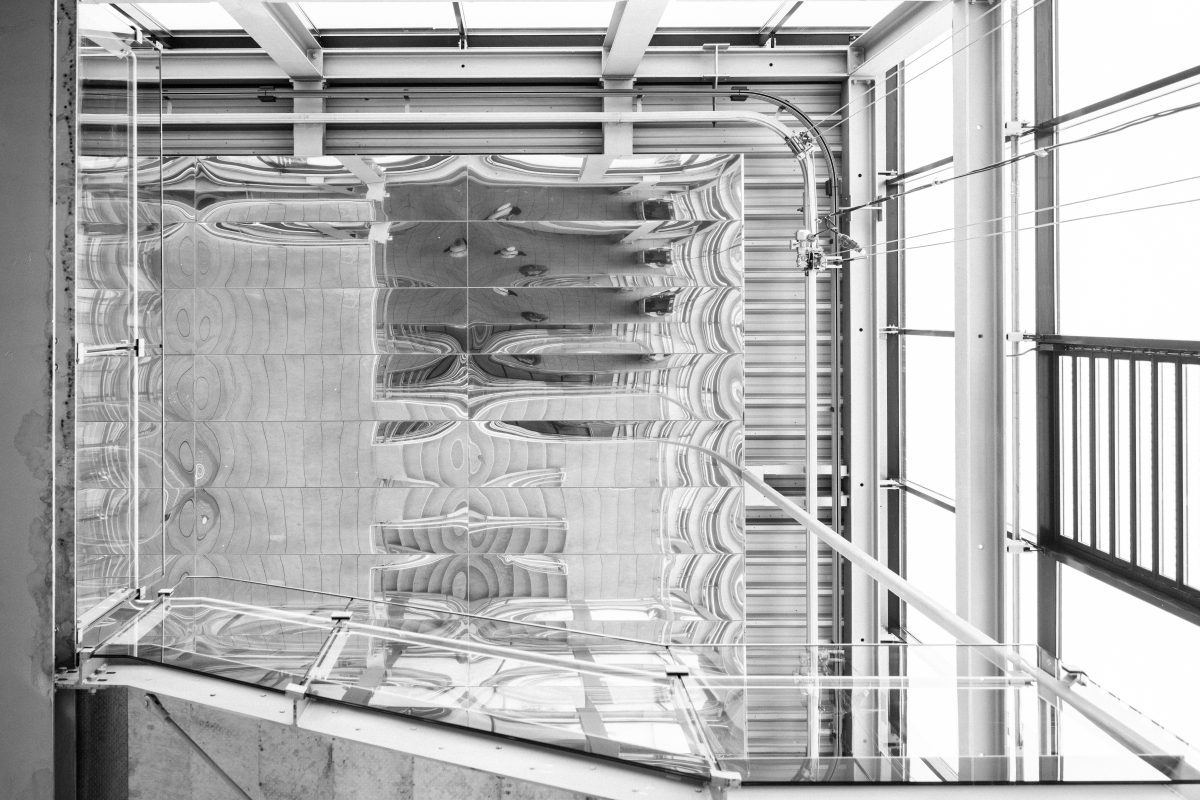
This exercise encourages young people to engage all five senses when making images. It works well as a group walk that encourages young people to be mindful and tune into sounds, smells, touch, and taste as well as what they see.
Sight
Look at the world through a viewfinder (a simple rectangle cut out of paper that you look through). What do you see? How does the image change as you move? Look up, look down. Photograph whilst crouched or sat on the ground.
Touch
Touch with your eyes, not your hands. The power of touch can impact the way that we photograph. Imagine running your hand across rough concrete or brushing soft grass. Use the camera to translate touch into image.
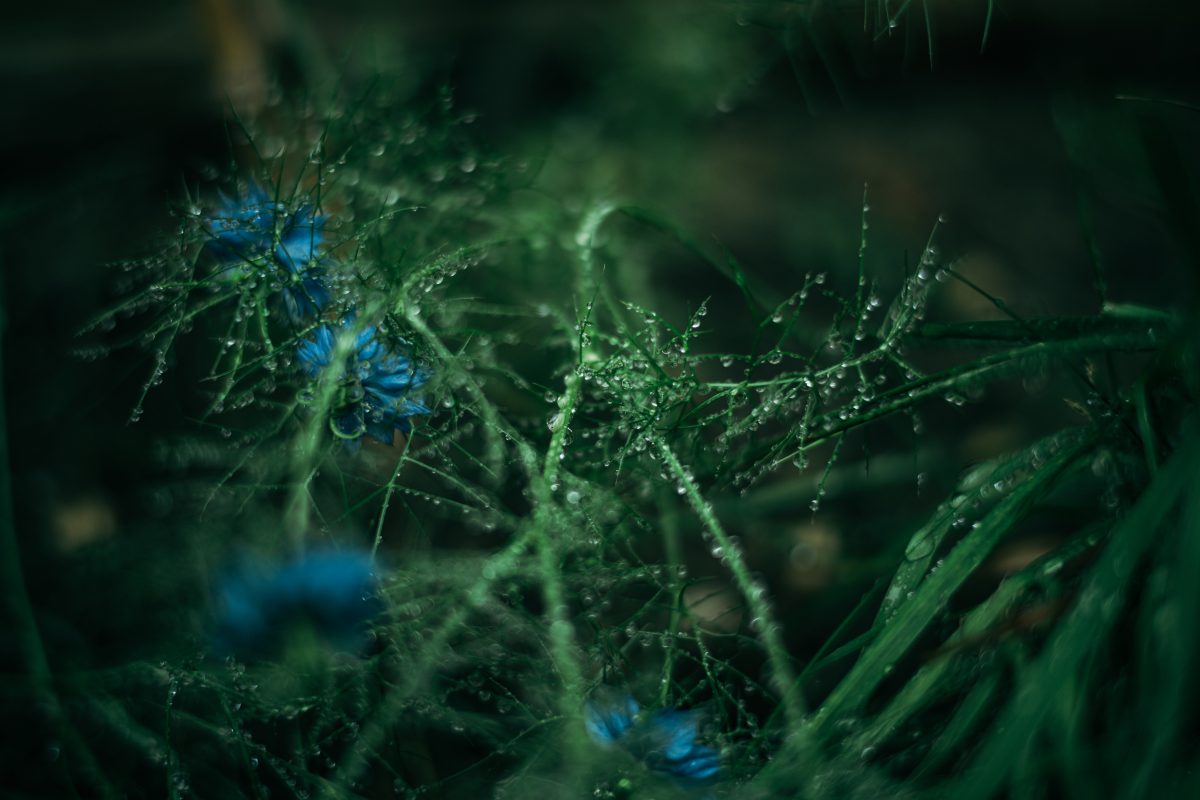
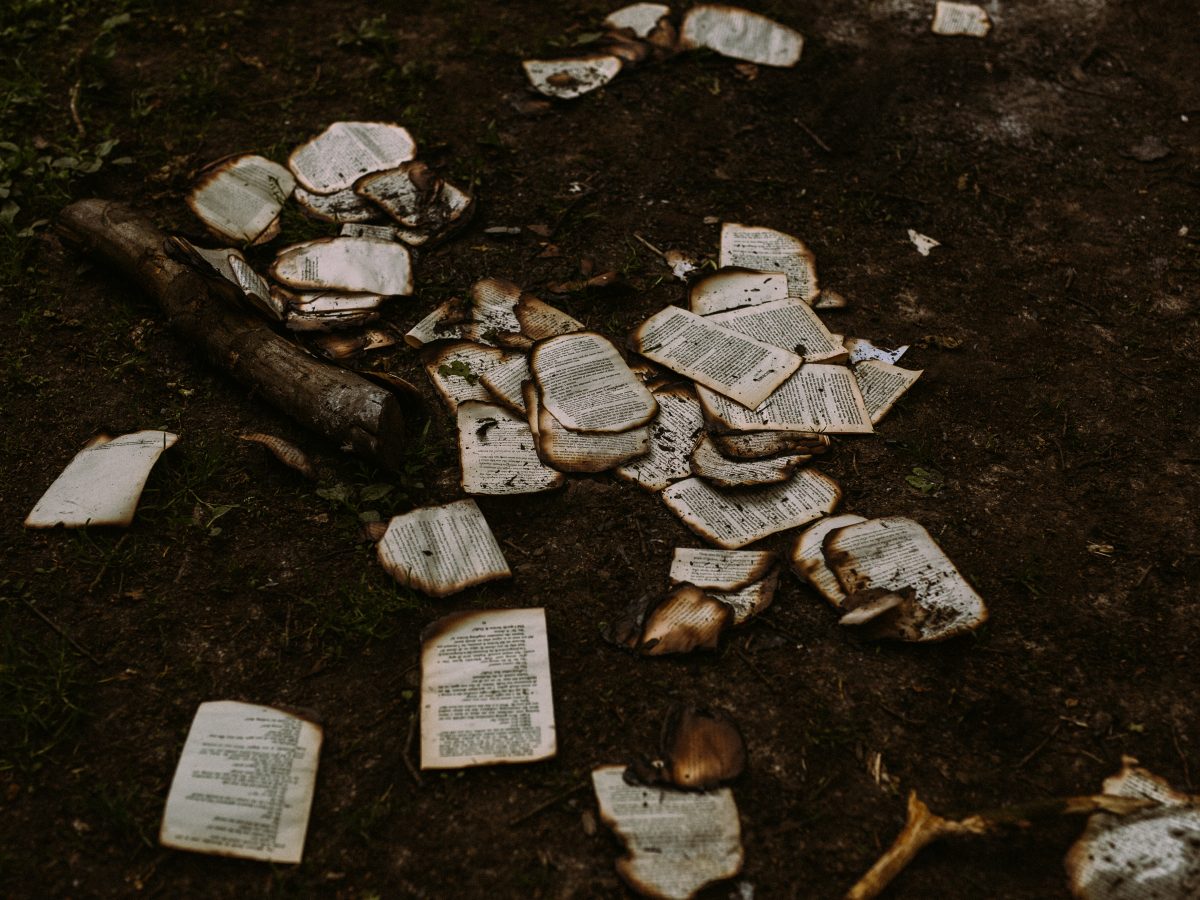
Smell
What do you smell as you walk? Use these smells to guide the images you take. Images might be literal – food or flowers, or perhaps more ephemeral such as traces of human presence.
Sounds
Use the sounds around you to influence your photographs. Think about the relationship between sight and sound. How can you represent the sounds around you? The hustle and bustle of a city may be represented in the shadows of those that walk past you. The sound of silence may be the image of the empty field you stand in alone or the slow setting of the sun.
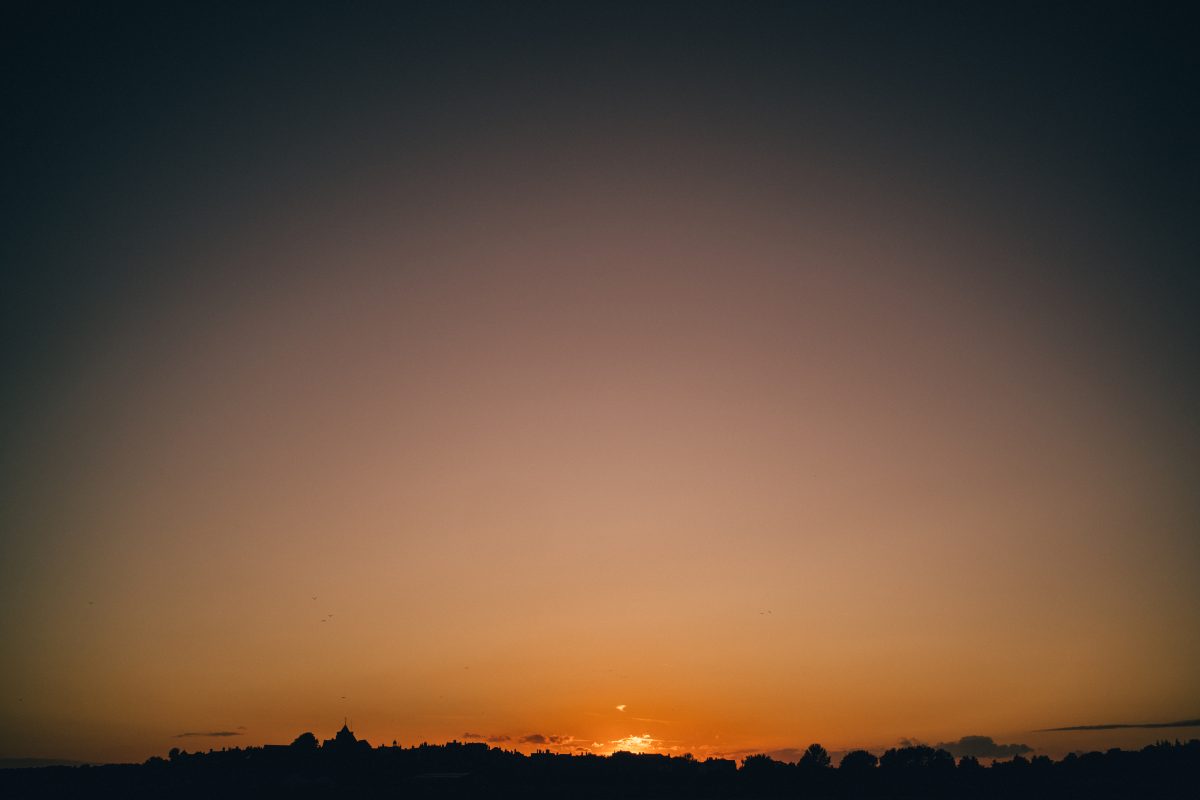
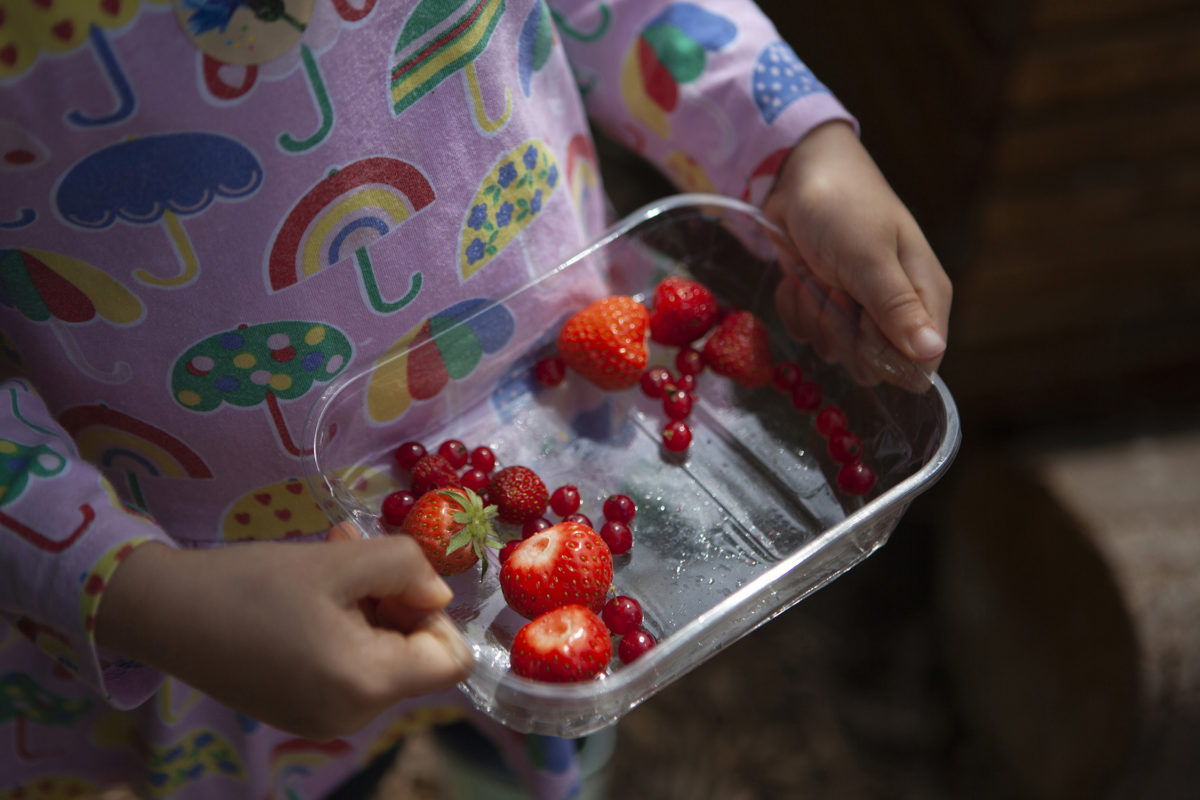
Taste
Food can be a wonder not just to taste, but to photograph. The colours of a home cooked meal or the steam rising from a hot cup of coffee. Begin to see with your taste buds, noticing and photographing the elements of food that you enjoy (or also don’t enjoy).
III. Self Without Selfies
Selfie culture is fully engrained in young people’s understanding of image making with many young people present on social media putting themself in every image, or sharing their daily lives. Inevitably when asked to tell a story about themselves through photography a default is to take a self portrait. This exercise encourages young people to think about how they create photographs that represent themselves without putting themselves in the picture.
Discuss
Begin by asking the group to talk about how they currently share stories through their social media accounts. Do they post images of themselves? Why? Discuss ways of telling your story without selfies. What might images of the spaces we inhabit, the clothes we wear, or treasured objects say about us to others?
Make
Challenge students to create a self-portrait without being in the image. Ask them to work in pairs and encourage them to together explore aspects of their identities they might choose to reveal or conceal, and how they do this. Bring in props to support this work.
Discuss the images made. What do they say about the subject that we might not have known before?
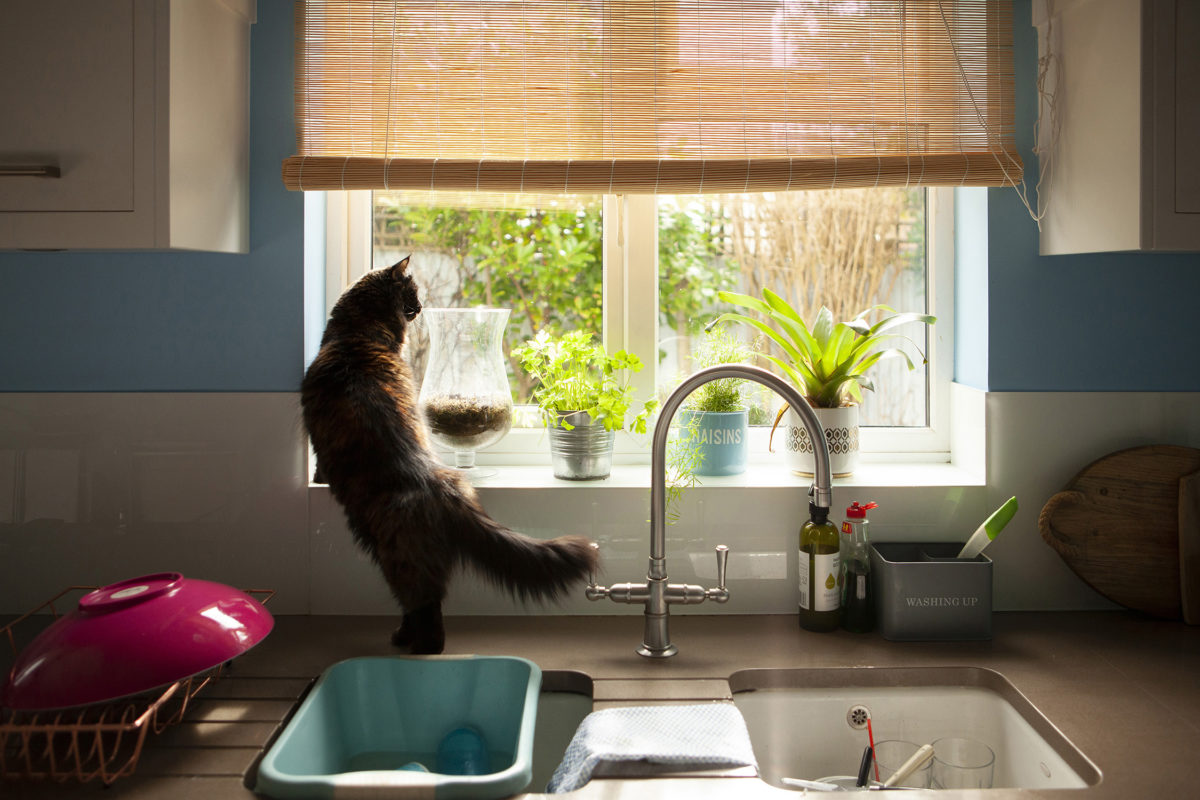
IV. If a Photograph Isn’t Shared, Is It Even Real?
Many young people assume that a photograph’s purpose and value is in its ability to be shared, usually through social media and online. What happens to our relationship to making photographs when that pressure is removed? What might change in the process of making it if we knew that the image was solely for our eyes only?
Discuss
- What do you hope for when you share an image? Likes and comments?
- What might it feel like to make an image and then destroy it?
- What might it feel like to make an image and then not look at it for a period of time (e.g. 6 months)?
Make
Ask students to take a photograph that they don’t show anybody else (you could use the Mindful Photography task), instead putting each in an envelope with the photographer’s name on.
Collect in the envelopes and keep them safe. Some time later, perhaps at the end of your project, hand back the envelopes and ask students to look at their images without showing anybody else. How do they feel about their images? Do they want to share them, or not?
V. Putting Yourself in Somebody Else’s Shoes
An exercise focusing on the interplay between word and image and exploring empathy and emotional awareness through photography and creative writing. Students create photographs from the perspective of someone else, in order to consider the thoughts and feelings of others.
Discuss
Ask students to select a person that they want to photograph and write from the perspective of. This could be a family member that’s on their mind, a close friend or a fictional character from a favourite film or book.
Make
Set students the task of taking a short journey taking photographs as if they were seeing things through the eyes of that person.
- What might they be interested in, or drawn to on that journey?
- Does their person notice the details in things, or the bigger picture?
- Are they drawn to specific colours or viewpoints?
After the walk, students each select and print five of their images that best tell the story of that journey. Do students notice any differences between what they are drawn to, and what their chosen character was drawn to?
Discuss
This next stage involves creative writing. Discuss different types of creative writing and encourage students to write in a format that feels most natural to them.
Prose is a natural style of writing that lends itself to creative storytelling. Poetry encourages use of symbolism and rhyming, whereas stream of consciousness or automatic writing can be very direct as you write words and thoughts as they come into your mind without worrying about spelling, grammar or punctuation.
Make
Ask the young people to produce a piece of writing based on their five selected images, as if they were their chosen character. Tips for kicking off might be:
- Put yourself in the frame. What do you see, smell and hear?
- Where are you going?
- What are you thinking?
Review the work at the end. Has the exercise helped them see things from a different perspective?
VI. Journaling Through Photography
People have been keeping journals for hundreds of years, documenting personal experiences. There is evidence that journaling, as a form of expression, can improve wellbeing. Expressing thoughts and feelings through a journal can help deal with overwhelming emotions, and in doing so, reduce stress and anxiety.
Journaling through photography has added benefits. Sometimes an image can capture, or represent a feeling that we lack words to describe. Keeping a regular journal requires routine and discipline, but it supports self-reflection by capturing experiences and feelings that you can look back on and make sense of.
Make
Ask students to make and keep a daily visual diary. Ask them to take just a single photograph each day to record their feelings or experiences.
Support students to print each daily image and stick them into a sketchbook, or make a zine. Add drawing, notes or writing too if it helps, but it isn’t necessary.
Set the sharing expectation – will you be asking students to share their work with the group, or are these private images? This should be made clear at the outset as some work may be highly personal.
Discuss
Review the work – either with the images on view, or if the agreement has been not to share images, ask the group to reflect more broadly on the impact of keeping a photo-journal. Has it been a positive thing to do? If so, why? Has being able to revisit something they experienced a week or so earlier been a good thing to do? Do the images – seen as a sequence – tell a story?
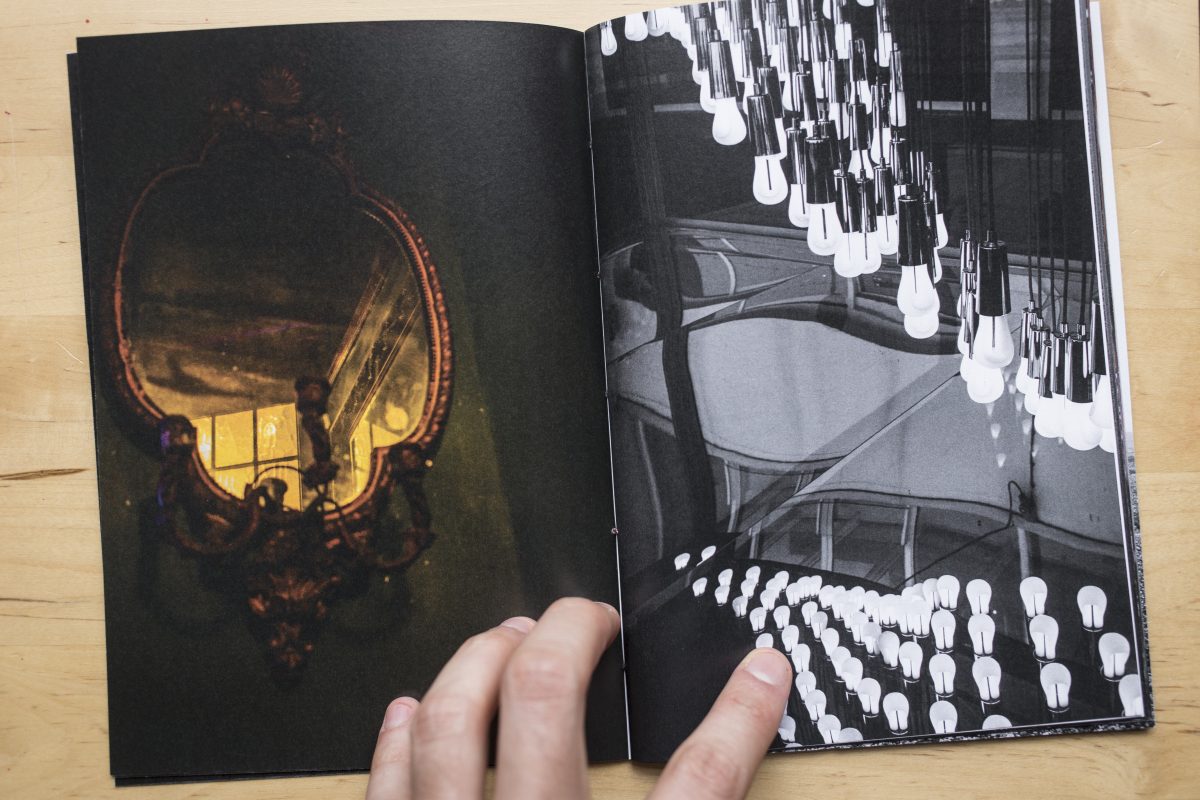
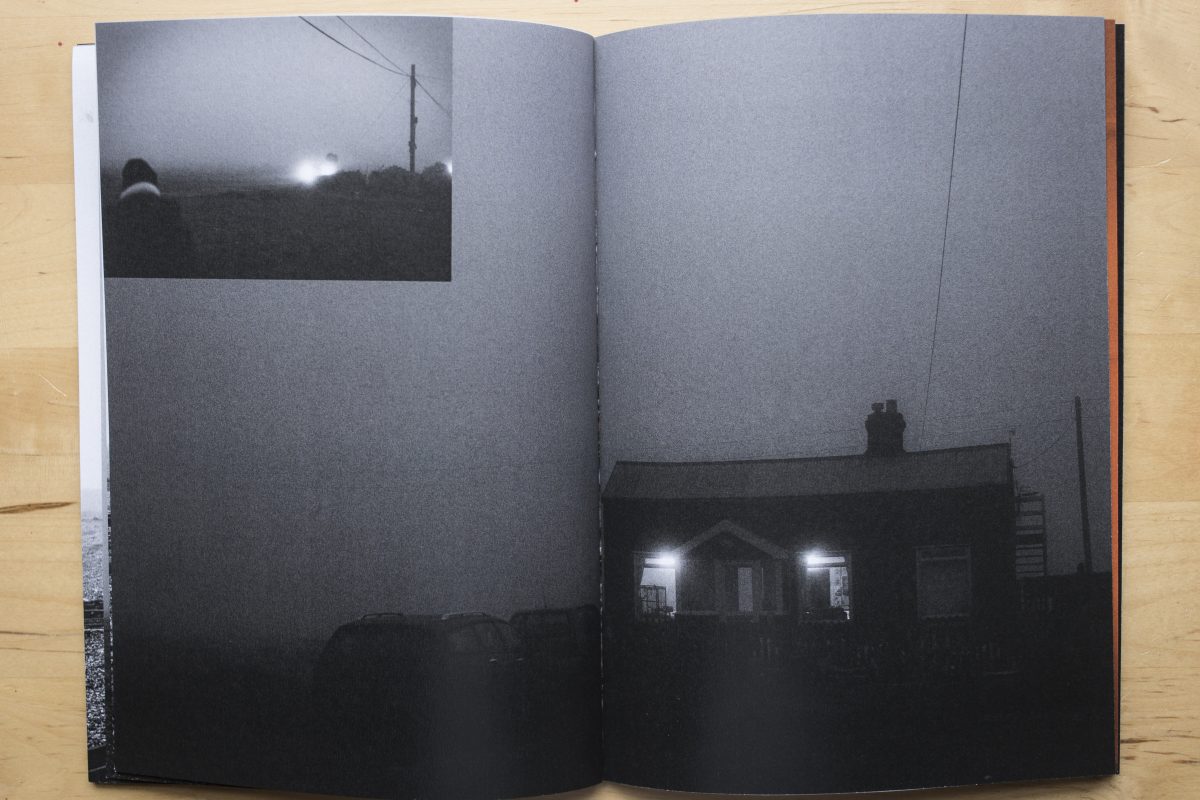
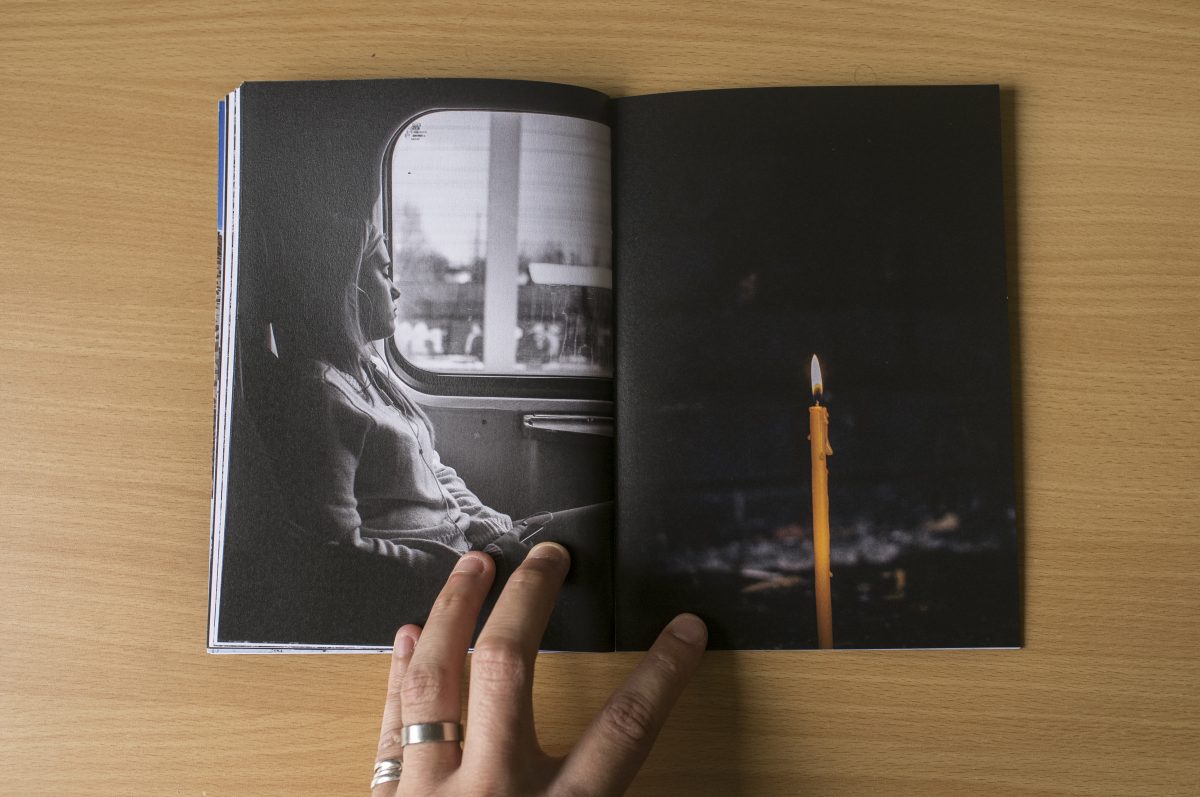
About the Contributor
Daniel Regan is an artist, consultant, producer & non-profit director working across the arts & health sector. Daniel specialises in exploring complex and difficult emotional experiences, focusing on the transformational impact of arts on mental health, building on his own lived experiences. Daniel’s photography focuses on themes of wellbeing and brokers dialogue around often taboo topics such as grief, self injury, suicide and racism.
Daniel is Founder and Executive Director of the Arts & Health Hub, a not-for-profit organisation that supports artists and cultural producers in the arts and health sector.
